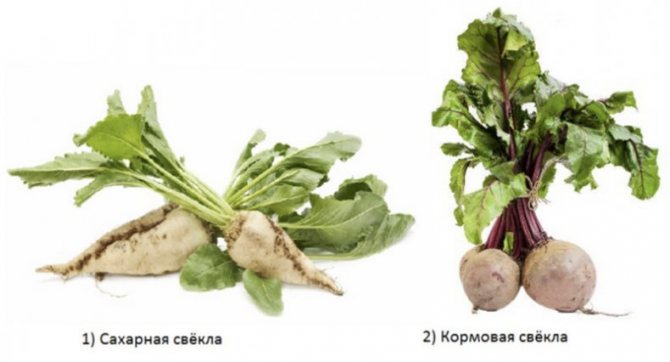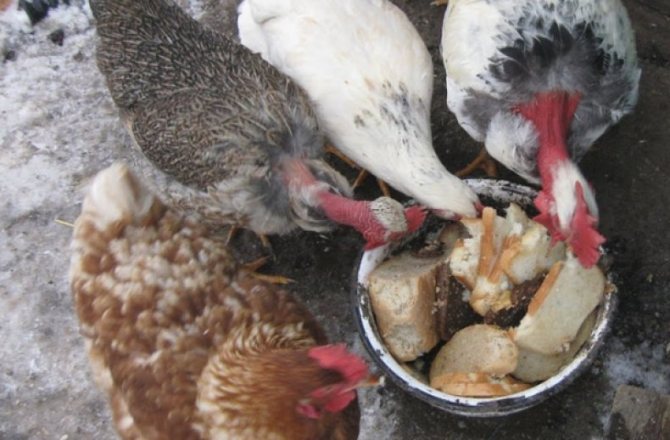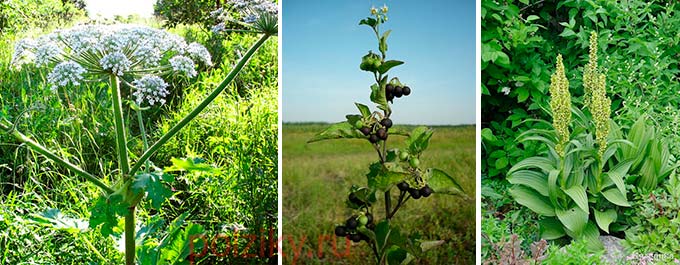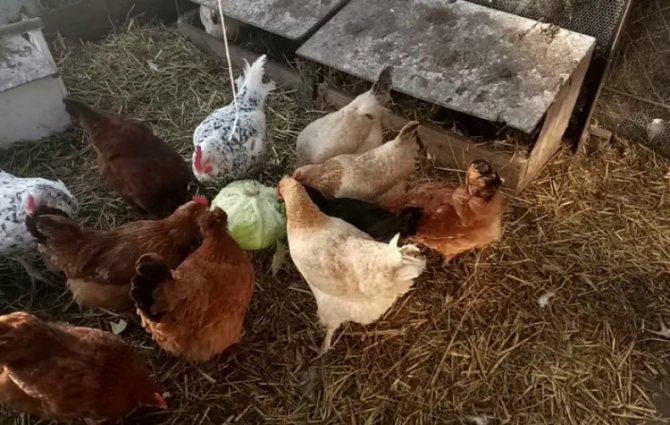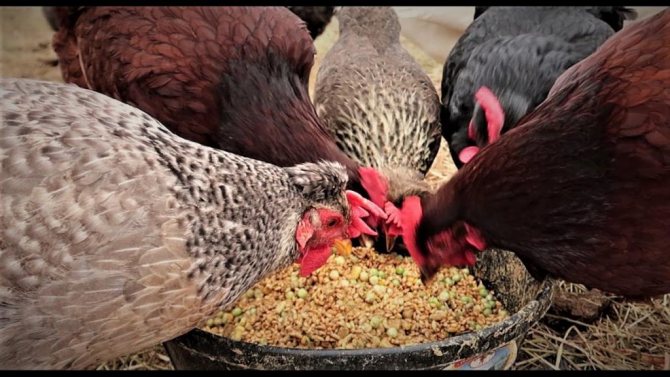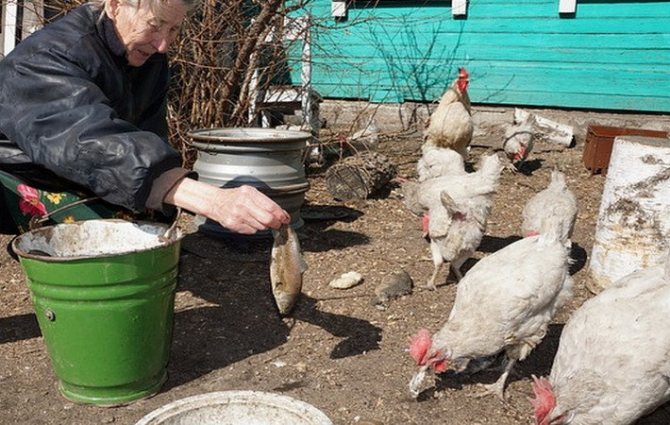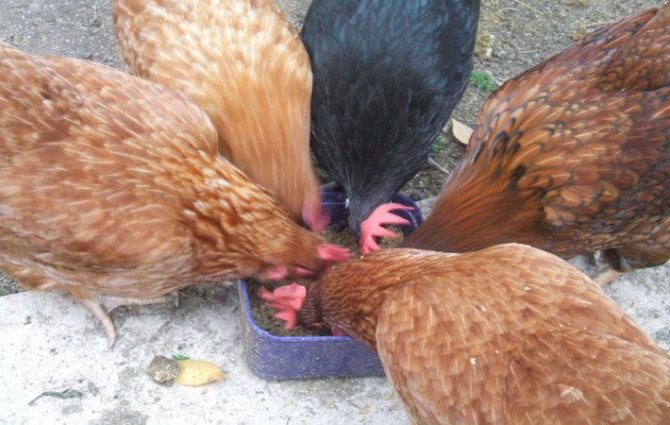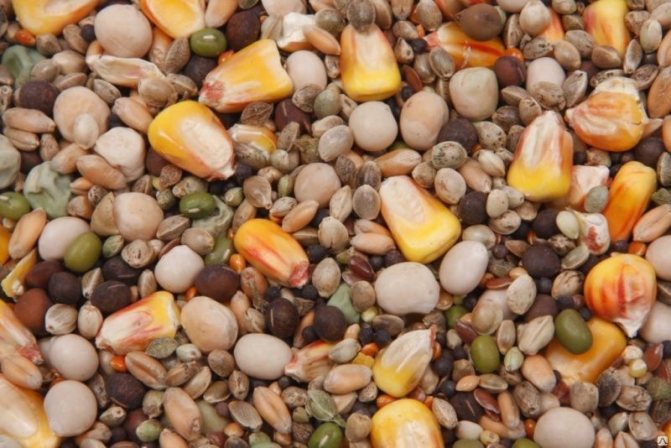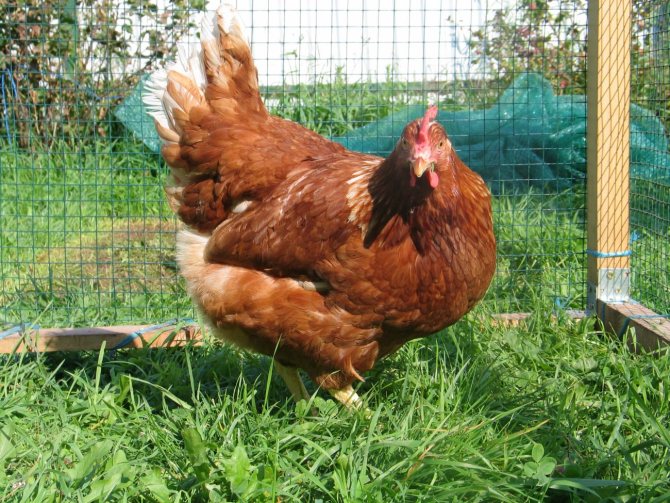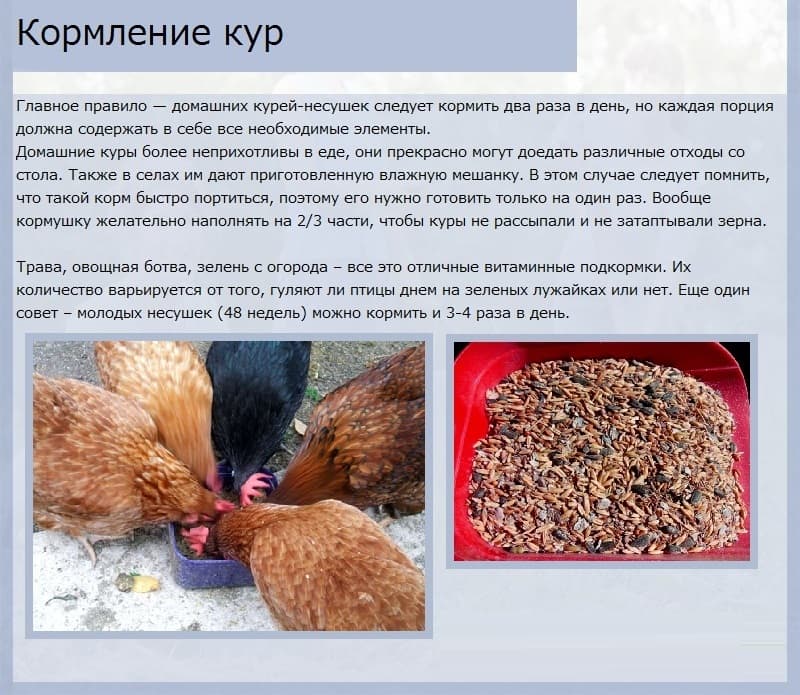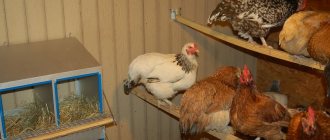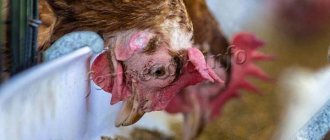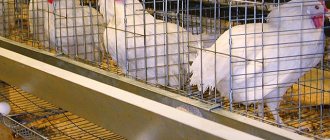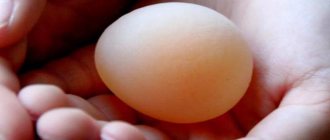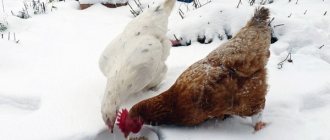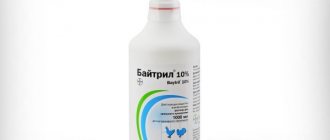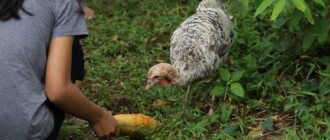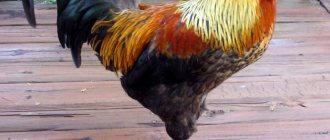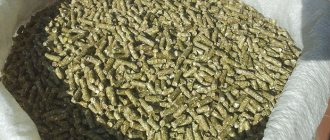»Poultry» Chickens »Bran for laying hens
0
513
Article rating
To raise strong chickens that lay quality eggs, you need to take care of the diet of the birds. One of the main components of proper chicken nutrition is bran. Bran for laying hens is required by birds, regardless of age.

Bran for laying hens
The benefits of bran in the diet of chickens
When used correctly, wheat bran will enrich the supply of vitamins and minerals in the body of chickens. Here are the positives of using them:
- Unlike premium flour, which loses 80% of all nutrients during processing, the bran retains all the vitamins and minerals laid down by nature.
- With regular feeding of chickens with bran, you can improve their egg production, increase the period of productivity, and prevent health problems (in particular with the gastrointestinal tract).
- Bran is useful for chickens as a storehouse of chemical elements necessary for normal growth and development.
An important role in the feeding process is also played by the fact that the bran should be given to the birds no later than 40 minutes after the preparation of the dish, which should consist of soft food (boiled or baked, mashed vegetables) and bran.
Such food retains its beneficial properties for 40 minutes, and later begins to waste them little by little. If chickens are fed pre-prepared bran food, they may become malnourished.
The daily consumption rate of bran by birds
The amount of bran consumed is different for laying hens, chickens and broilers. How to properly give bran to chickens and for laying hens. Bran should not be a separate type of food, it is only an addition to the main people as an enrichment of the bird's diet.
Recommendations for introducing bran into the diet of pets:
- Considering that bran for chickens and for laying hens is a product with a low calorie content and a sufficiently high fiber content, it is important to remember the recommended proportions. Young animals and meat-type chickens should not consume more than 30-40 g of bran per day. For layers, this amount can be increased slightly.
- If the goal is to reduce the bird's weight slightly after gaining weight, you can limit the diet of birds by including bran with mash in their menu instead of half the daily feed requirement. The other half must be kept in its basic form.
- Chicken bran consumption should be in the morning or early afternoon. For the remaining time of the day, the bird's body will have time to digest food and assimilate all the useful elements from there.
- The percentage of bran in the diet of chickens should not be more than a quarter (25%).
Knowing how and in what quantities you can give the bran to layers, chickens and broilers, feeding your pet will not be difficult. The process of preparing mixtures (mash) for birds is also simple.
It is important to take into account the correct proportions and mix the bran and additives as thoroughly as possible. It is forbidden to exceed the volumes and allow the formation of compacted pieces: broilers cannot eat such a mash.
What is better to give to pets?


So what do you need to know about this? Many novice farmers are interested in what can and cannot be fed to domestic chickens. Typically, garden and kitchen waste is used for this purpose.Potatoes that are unusable can be fed to the bird. Green, too small, or sprouted tubers will do. Chickens are also given potato peelings. One bird can eat 50-100 grams of this feed per day.
It is also advisable to give chickens dry or soaked bread. The diet can also include crushed bones, leftover meat, fish offal. Beet and carrot tops, the remains of berries and fruits are excellent for laying hens. A mash can be made from these ingredients.
How to cook bran mash properly
Layers, chickens and broilers need mixes of different composition, aimed at strengthening different organs and systems in the poultry body. It also depends on the age of the bird: young animals need more vitamins and nutrients for normal growth and development of the body, and older individuals need less.
Mushrooms for laying hens
Chickens raised to produce eggs require a proper diet that includes bran and mash for laying hens. It differs for the summer and winter periods and depends on how much time the birds spend free-range. Let's start with a summertime recipe:
- 50 g of boiled root vegetables (potatoes, carrots, etc.);
- 20 g of the bran or oatmeal itself;
- 5 g of legumes (green peas, corn, beans, etc.);
- 7 g of special feed yeast or cake;
- 45 g of any whole grain;
- 10 g of fermented milk product (whey, cottage cheese or kefir);
- 1 g fish oil;
- 3 g of chalk;
- 5 g flour (flour can be bone or ordinary, better not the first grade);
- 0.5 g of salt.
This recipe is for 1 middle-aged hen. The number of ingredients should be varied depending on the number of birds on the farm, but it is important that each bird receives the correct percentage of vitamins and nutrients. Now the recipe for the winter time period:
- 65 g whole grains;
- 10 g of bran;
- 100 g of boiled potatoes or other root vegetables (beets, carrots, etc.);
- 6 g legumes (green beans, peas, corn);
- 7 g of cake or feed yeast;
- 100 g of fermented milk products (whey is better in winter);
- 3 g of chalk;
- 1 g fish oil;
- 2 g bone meal;
- 0.5 g of salt.
Broiler bran should be fed to hens throughout their lives, from early age to old age. But the chicks already need completely different dishes, which will be described below.
The digestive system of chicks is very vulnerable, and therefore their diet should be as balanced as possible. Greens and bran are also present on the broiler chicken menu, but in different doses.
The necessary diet for broiler chickens
While the menu for laying hens differs depending on the season, broiler chickens - depending on the age. During the first 2 weeks, it is worth preparing food according to one recipe, and during the next 2 weeks - according to another. The menu for the first 2 weeks of life of pestles should be prepared according to the following calculation:
- 16% medium-sized wheat;
- 50% corn turf;
- 14% cake;
- 8% chopped barley;
- 12% whey or low-fat kefir.
Such food should be fed to even young chicks in the first 14 days of their life. At this time, their body is not yet strong enough to accept normal, too heavy food.
And here is the menu for the 14-30th day of the bird's life:
- 13% wheat turf;
- 5% special feed yeast;
- 48% chopped corn;
- 19% sunflower meal;
- 7% bone or fish meal;
- 3% fresh herbs;
- 1% feed cake;
- 3% whey or kefir.
Food according to this recipe can be given to broilers until slaughter, but after they reach one month of age, you can switch to a more economical food option. It is also recommended to add premixes, fresh herbs, cottage cheese or fish oil in small quantities to the birds' diet at this time.
The main thing is that the bird should eat and drink enough water fully and correctly. In addition, bran can be introduced into the chicken menu periodically: during the growing up of chicks, during the laying of eggs or during the molting period. We need to dwell on the last point in more detail.
What grass to give to adults?
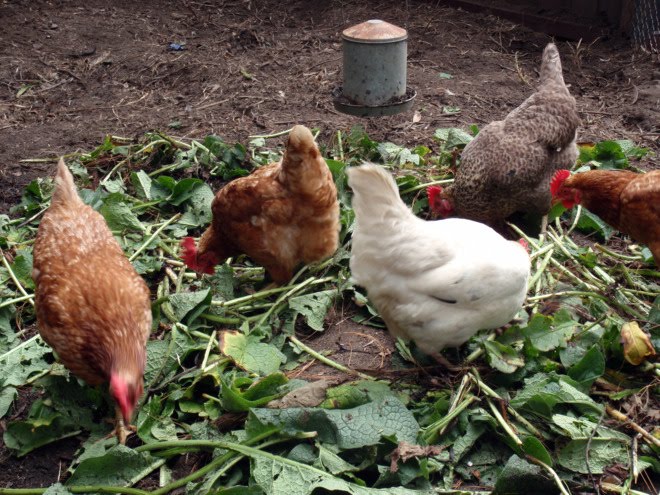

The feed mixture may contain 15-30% green components. Adults should be given herbs such as plantain, nettle, alfalfa, woodlice, dandelion, wheatgrass, clover, cereals, euphorbia, sorrel. You can also include legumes and durum vegetables in the diet of chickens. Cabbage leaves are a good source of vitamins. In the diet for chickens, you can also include beet tops, green onion feathers, dill, parsley. Amaranth is high in healthy proteins.
Bran for moulting chickens
Chickens start molting every year in the off-season. Can bran be given to chickens during molting? At this time, the body weakens and needs additional sources of nutrients. Bran is a great way to add vitamins and minerals to the bird menu. During this period, it is better to include this product at the rate of 30 g per 1 chicken head. You can also add sunflower meal, fish oil and other sources of minerals. This will help the birds to better cope with the plumage change and prepare for the cold season so that the bran for chickens and chickens is an essential food.
The farmer must monitor the condition of his charges.
Sometimes chickens do not need additional sources of minerals, their excess can lead to disruption of the functioning of the digestive system: it will not cope with the amount of food supplied. To avoid this, you need to carefully monitor that the chicken farm remains clean and the pets are full. This is the key to good production in production.
Herbs not suitable for feeding
What are they? How to feed the laying hens? Prohibited foods include a number of herbs. To eliminate the likelihood of poisoning, experienced farmers recommend limiting the area where chickens are walking. Poisonous herbs must be dug up along with the roots, otherwise they will germinate again. What plants are considered dangerous to birds? These are elderberry, spotted hemlock, broom, cicuta, potato inflorescences, henbane, belladonna, hellebore, black nightshade, juniper, horse chestnut. If a bird eats any plant from the above list, it can become seriously ill or even die. It is imperative to monitor the walking of chickens. You also need to know about herbs. In order to completely exclude the possibility of harmful plants getting into food, it is better to keep chickens in closed enclosures and give them greens only with food.
How and what to feed laying hens, in addition to bran
In addition to mash with bran, layers need to be given complete feed. It should be balanced and properly matched to the type of bird. The principles of a balanced diet for chickens are as follows:
- Protein is an important building block. It is part of all body tissues and is organogenic. Protein in large quantities is essential for proper egg formation in layers and quality meat in broilers. In order to include it in the diet, birds need to be fed with foods rich in protein. They can be of plant origin (cakes, legumes, meal, etc.) and animal (bone and fish meal, molluscs, earthworms, etc.).
- Fats are a treasure trove of energy and useful elements. They must be of high quality and include their worth in the form of corn and oats.
- Carbohydrates are required by the body to function properly. Chickens should be fed pumpkin, beets, carrots, potatoes and other root vegetables to replenish their carbohydrate balance.
- Fish oil, green grass and yeast are a source of vitamins necessary for the bird's body for normal development.
- Among other things, layers and broilers should receive sufficient minerals from bone meal, shellfish and wood ash.
There are also a number of foods that are strictly forbidden for chicken. It includes green or missing potatoes and chicken.
The consumption of such food leads to the development of diseases of the gastrointestinal tract and general malaise of the bird's body. It is better to avoid the consumption of such foods by chickens than to then treat the birds for all the resulting diseases.
You can and should give bran to chickens of any age. It is only important to choose the right ratio of products depending on the season or stage of development of the bird. The bran helps to improve the quality of the resulting products: eggs become larger, and the breast acquires a higher quality appearance.
Protein nutrition
What is its peculiarity? What can and can not be fed to chickens? Experienced farmers' advice often mentions protein foods.
It includes:
- buttermilk;
- milk;
- cottage cheese;
- serum;
- yogurt;
- fish or meat waste;
- small fish;
- shellfish.
For the preparation of chicken mash, cake and meal from agricultural crops are often taken. Small amphibians, May beetles and worms can be used as a source of protein in the diet.

